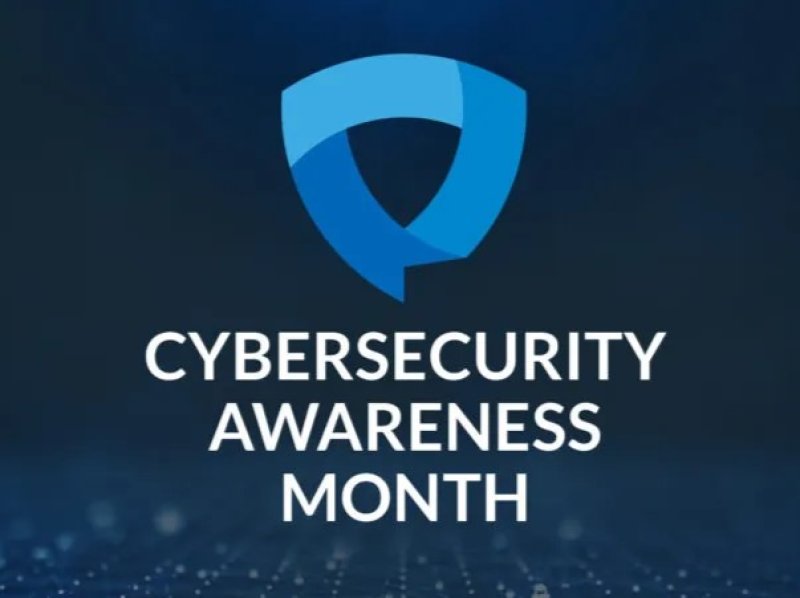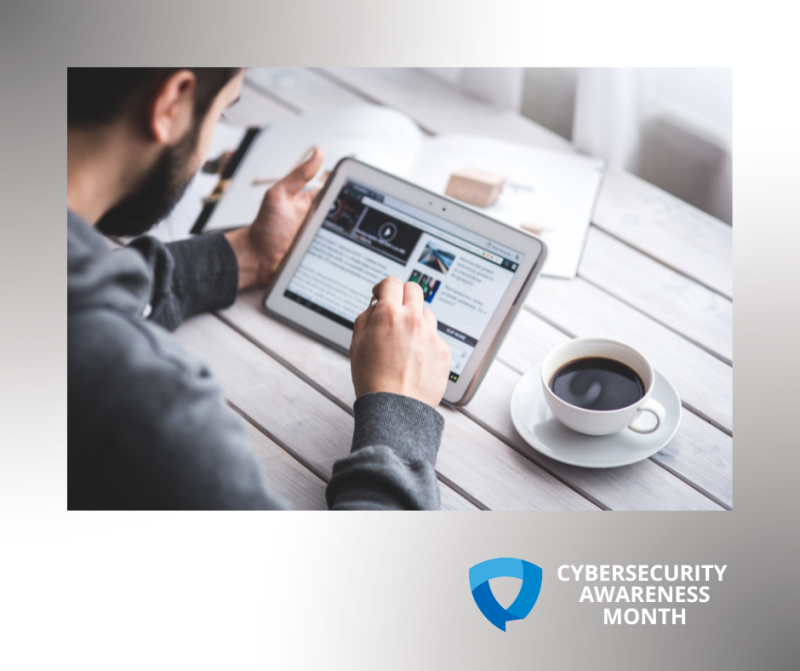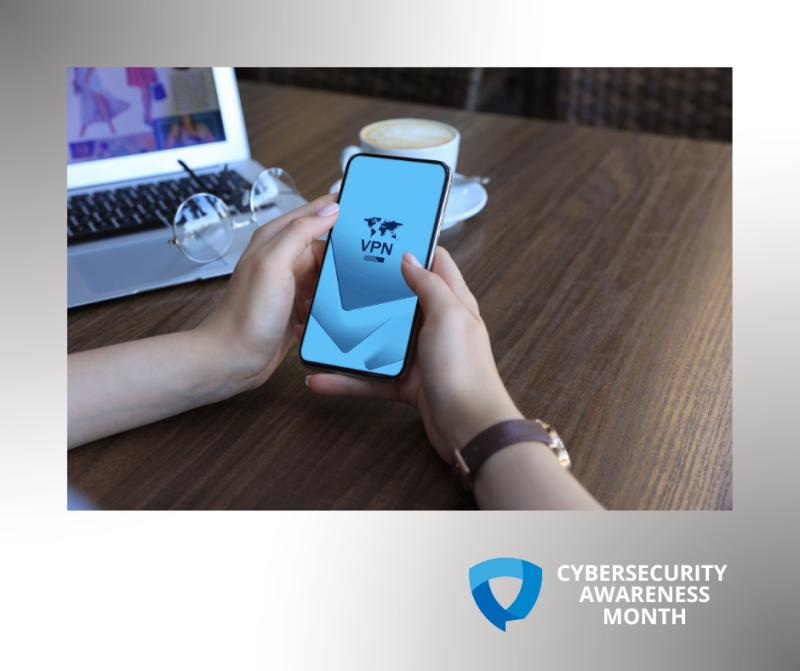This Cyber Awareness Month, we're launching a focus series on the 10 key factors to help individuals and organizations staying safe in the fight against cybersecurity threats and enhance their digital safety. Remember to pop back throughout the month as we update with more information of the 10 key factors.
By understanding and implementing these key concepts, readers can significantly improve their ability to protect sensitive information, maintain data accuracy, and ensure access to critical systems when needed.
Throughout the series, we'll delve into practical applications of these principles, offering actionable advice on topics such as strong password protection, multi-factor authentication, and the importance of regular software updates.
We'll also address the human element in cybersecurity, emphasizing the critical role of staff awareness training in mitigating risks associated with human error, which remains a leading cause of data breaches.
Here are 10 key factors for staying safe in the fight against cybersecurity threats:
1. Use Strong, Unique Passwords 🔗
Create long, complex passwords for each of your accounts and use a password manager to securely store them. Avoid reusing passwords across multiple sites.
2. Enable Multi-Factor Authentication 🔗
Turn on multi-factor authentication (MFA) wherever possible, especially for email, financial, and social media accounts. This adds an extra layer of security beyond just a password.
Regularly update your operating systems, applications, and security software to patch vulnerabilities. Enable automatic updates when available.
4. Be Cautious of Phishing Attempts 🔗
Learn to recognize and report phishing emails, texts, and calls. Don't click on suspicious links or download attachments from unknown senders.
5. Use Antivirus and Anti-Malware Protection 🔗
Install reputable antivirus and anti-malware software on all your devices and keep it updated. Run regular scans to detect threats.
6. Secure Your Home or Business Network 🔗
Use a strong password for your Wi-Fi network and enable encryption (WPA2 or WPA3). Keep your router's firmware updated.
Only visit secure websites (look for HTTPS), be wary of pop-ups, and avoid using public Wi-Fi for sensitive transactions.
Regularly back up important files to an external hard drive or secure cloud storage in case of ransomware or device failure.
Employ a virtual private network (VPN) when connecting to public Wi-Fi to encrypt your internet traffic.
Keep up with the latest cybersecurity threats and best practices. Participate in security awareness training if offered by your employer.
By implementing these key factors, you can significantly improve your cybersecurity posture and better protect yourself against evolving digital threats.
Remember, cybersecurity is an ongoing process that requires vigilance and regular updates to your practices.



.png)



